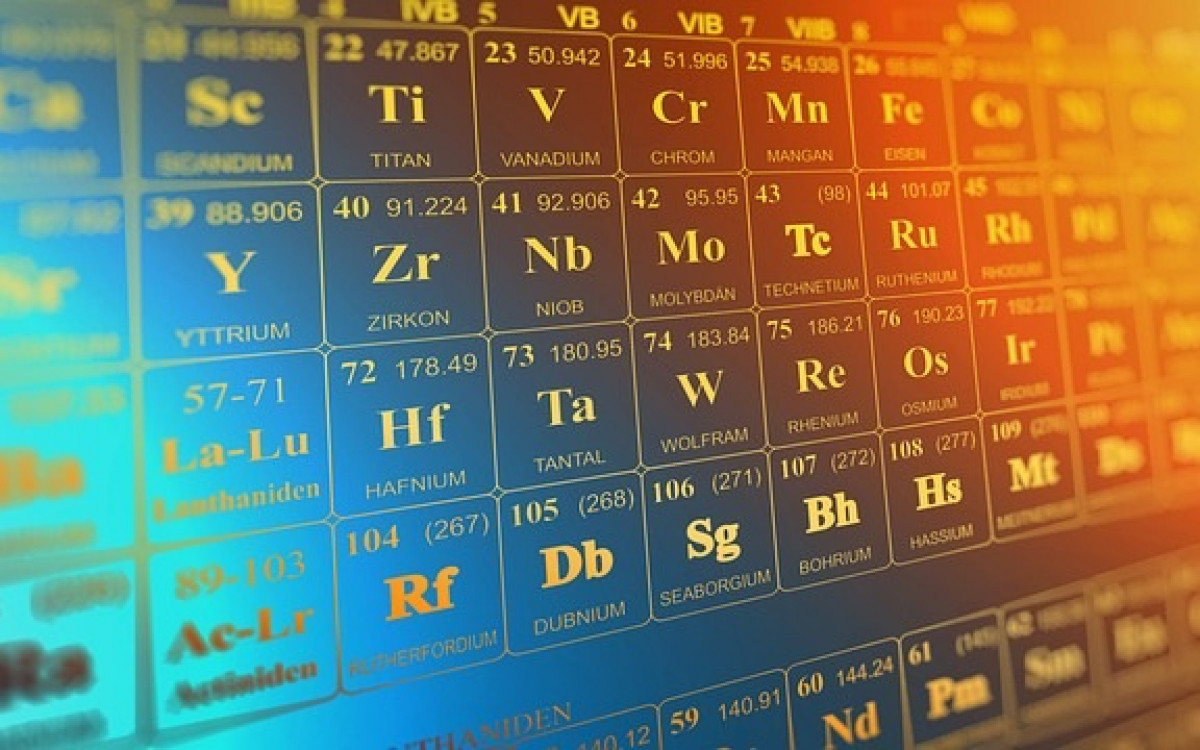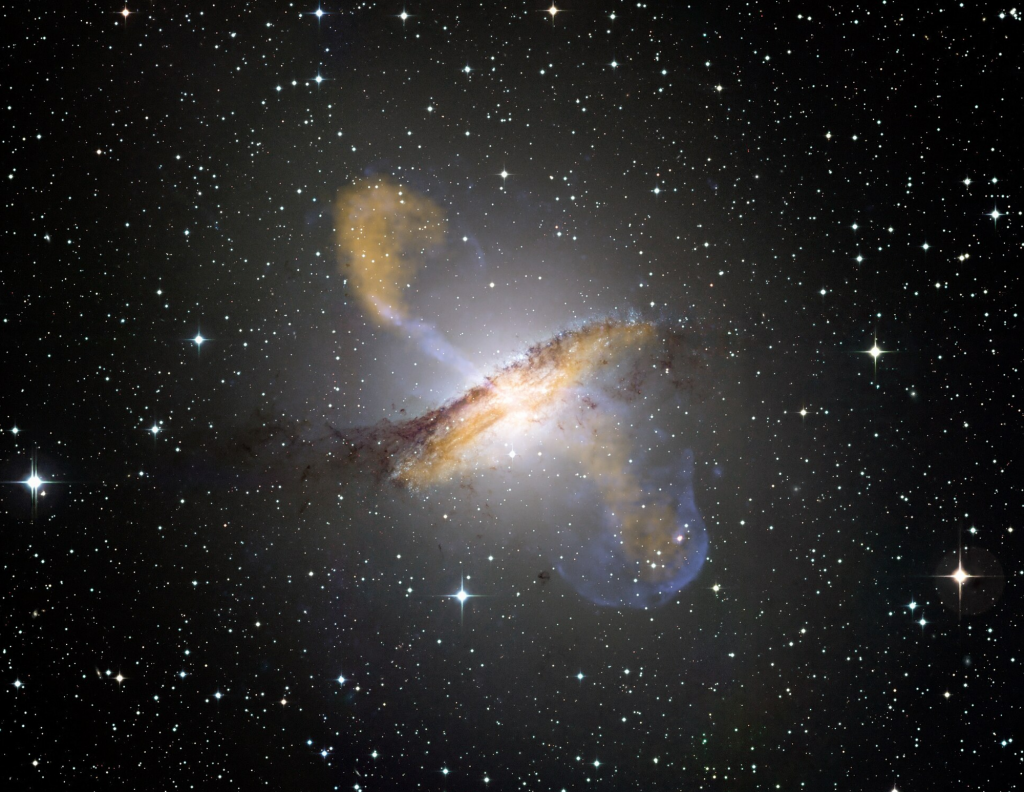One in ten supermassive black holes at the center of galaxies emit jets of plasma that can travel at speeds close to the speed of light. However, it is difficult to know how it formed and what its effects are through astronomical observations and computer simulations, so researchers recreated it on Earth.
For those in a hurry:
- Plasma jets are thought to be formed by pairs of electrons and positrons, but researchers have not yet been able to generate enough of these particles to recreate such plasma here on Earth;
- However, using CERN’s facilities, researchers were able to create enough of these pairs for the plasma to sustain itself;
- Reproducing the plasma released by black holes here on Earth allows us to better understand the microphysics of these astrophysical phenomena beyond astronomical observations and computer simulations.
Scientists believe that the plasma jets are formed, among other things, by pairs of electrons and positrons, antimatter electrons, shaping the dynamics and amount of energy of the black hole and its surroundings. In the study published in the magazine nature Communicationsresearchers in the Fireball collaboration, led by Charles Arrowsmith, used CERN’s HiRadMat facility to recreate it, allowing it to be studied in detail in the laboratory.
Read more:
Black hole plasma jets have been recreated at CERN
Recreating electron and positron beams in the laboratory isn’t exactly difficult, but until now, researchers haven’t been able to create enough pairs of these particles for the plasma to sustain itself. Without it, black hole jets cannot be verified and astronomical observations cannot be explained.
However, using the HiRadMat, the researchers were able to capture about 300 million protons from the Super Proton Synchrotron and fire them at graphite and tantalum targets, triggering particle interactions that produced many electron-positron pairs. The number of particles generated exceeded ten trillion, enough to maintain a plasma state for the first time.
This is because when protons collide with the carbon nucleus in graphite, the huge amount of energy causes the neutral pions inside to be released. These particles quickly decay into high-energy gamma rays, which, when interacting with the tantalum’s magnetic field, end up producing pairs of electrons and positrons.

The basic idea of these experiments is to reproduce in the laboratory the microphysics of astrophysical phenomena, such as jets from black holes and neutron stars. What we know about these phenomena comes almost exclusively from astronomical observations and computer simulations, but telescopes can’t really verify the exact physics and simulations involve rough estimates. Laboratory experiments like this are a bridge between these two approaches.
Gianluca Gregori, co-author of the research, said in a statement
The researchers hope that they can now make these electron and positron beams spread through the plasma over a distance of one meter. The idea is to observe how interactions between them generate magnetic fields that accelerate the particles.

“Hardcore beer fanatic. Falls down a lot. Professional coffee fan. Music ninja.”







More Stories
Are you addicted to memes? Understand how “Brainrot” can steal your attention and harm your life.
Scientists pave the way for the emergence of a new element in the periodic table | World and Science
Science Backs Yoga’s Benefits for Women Who Want to Live Longer